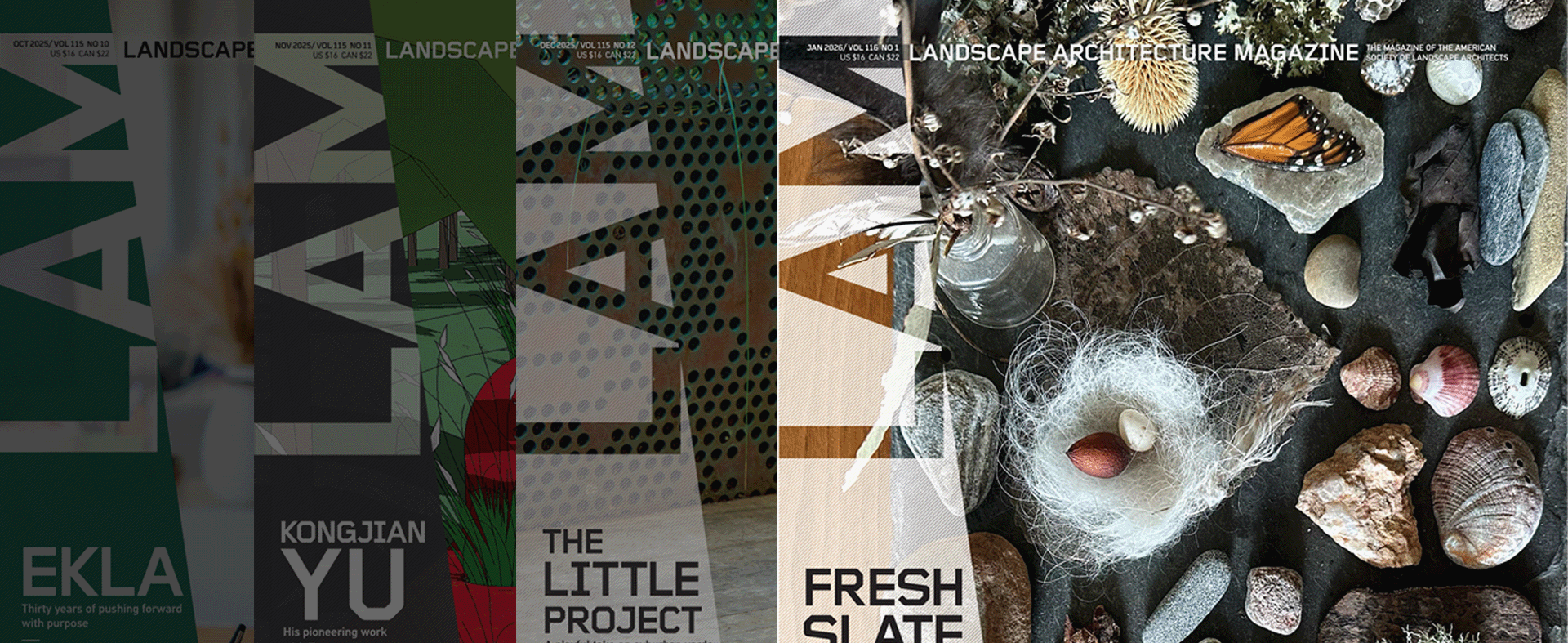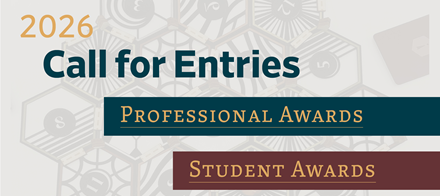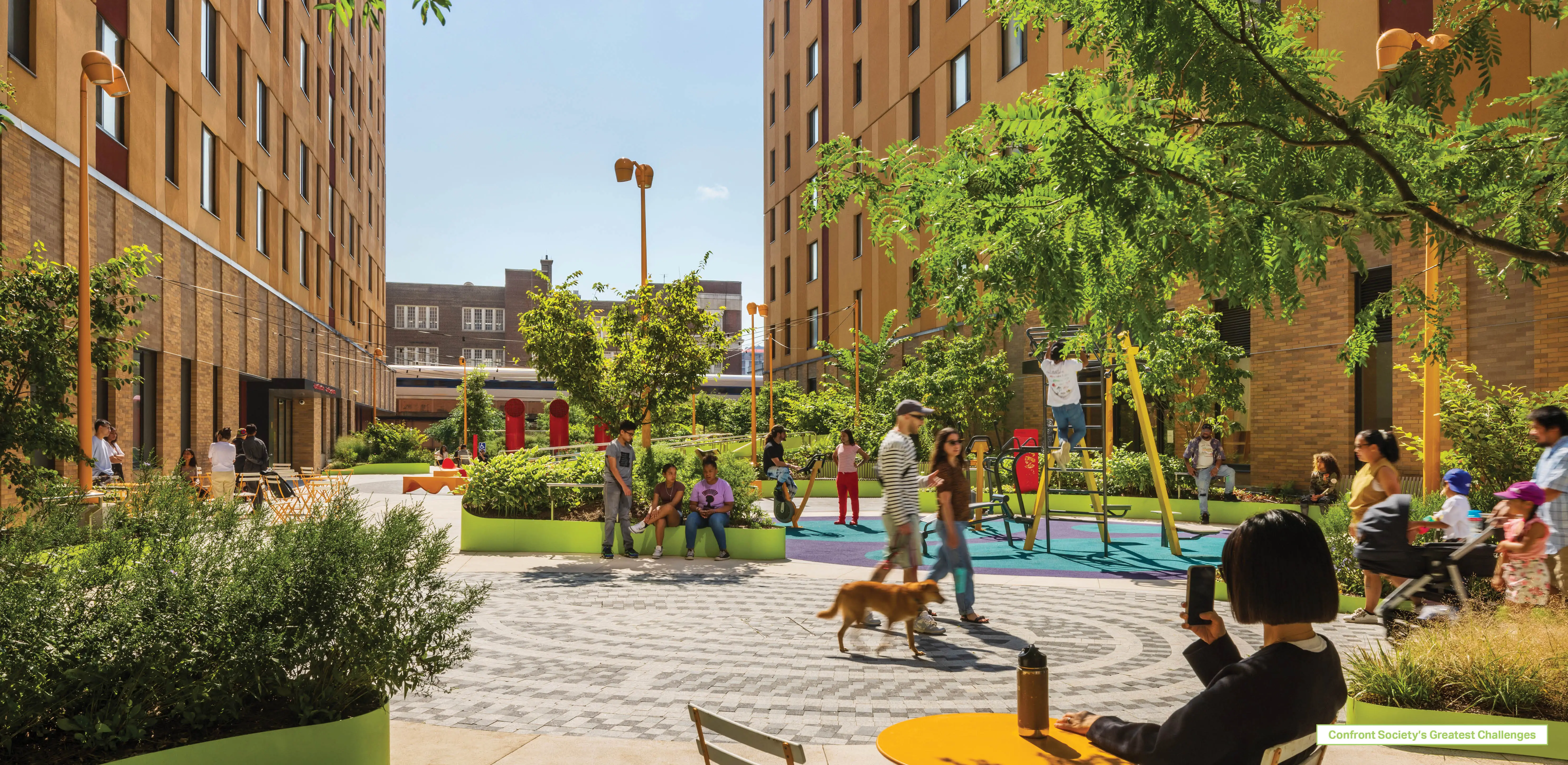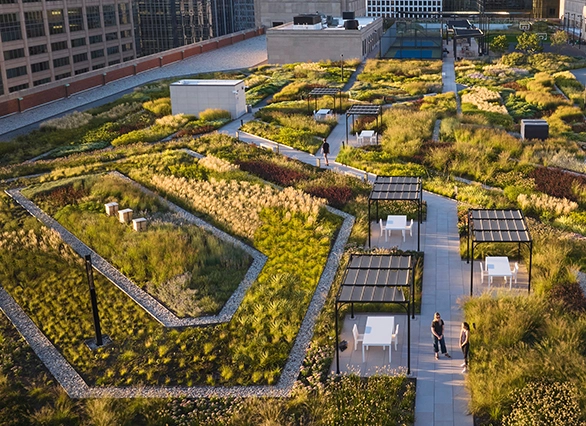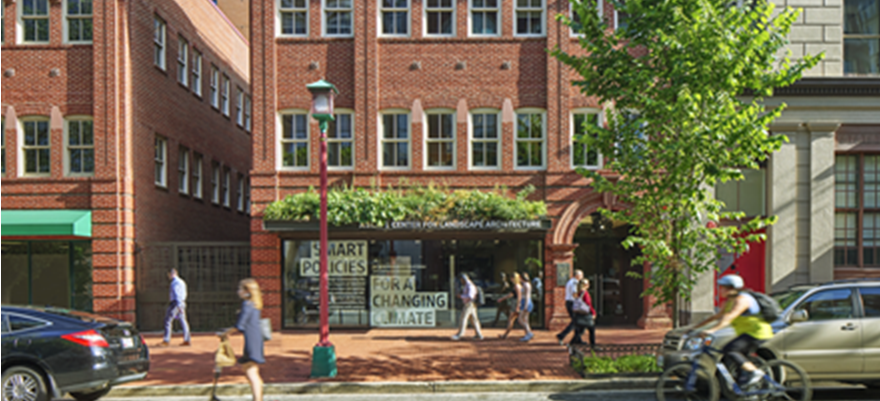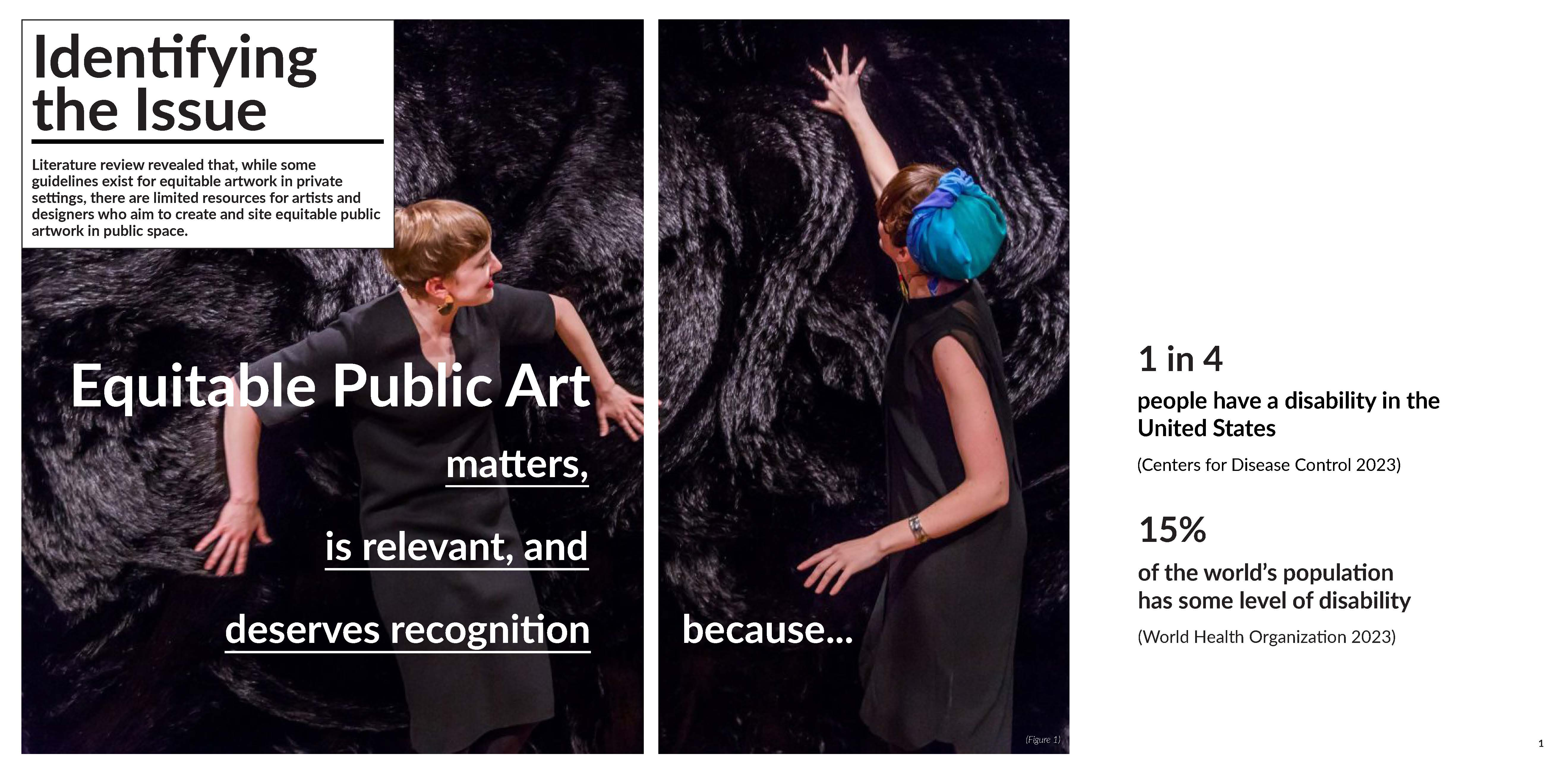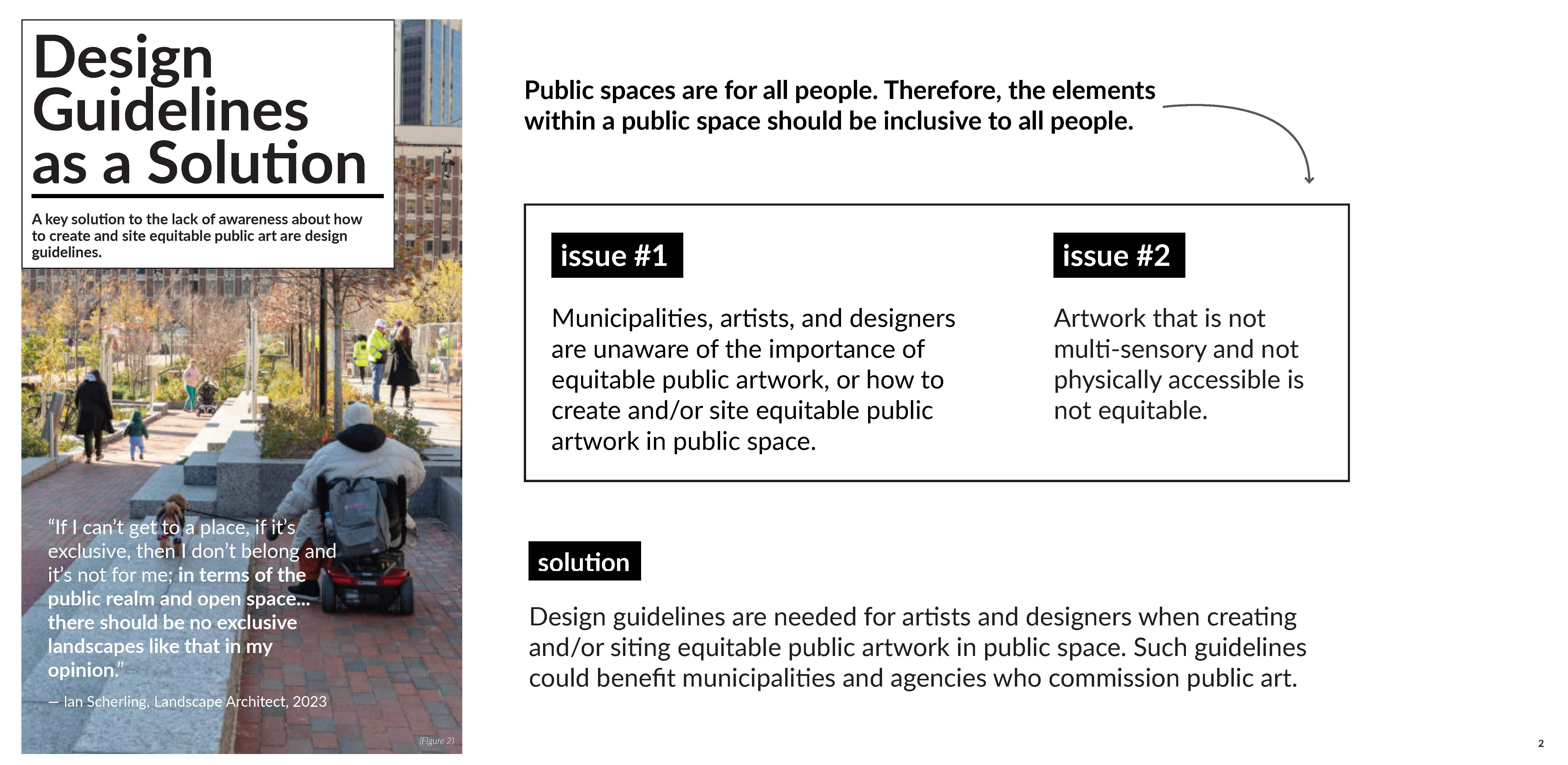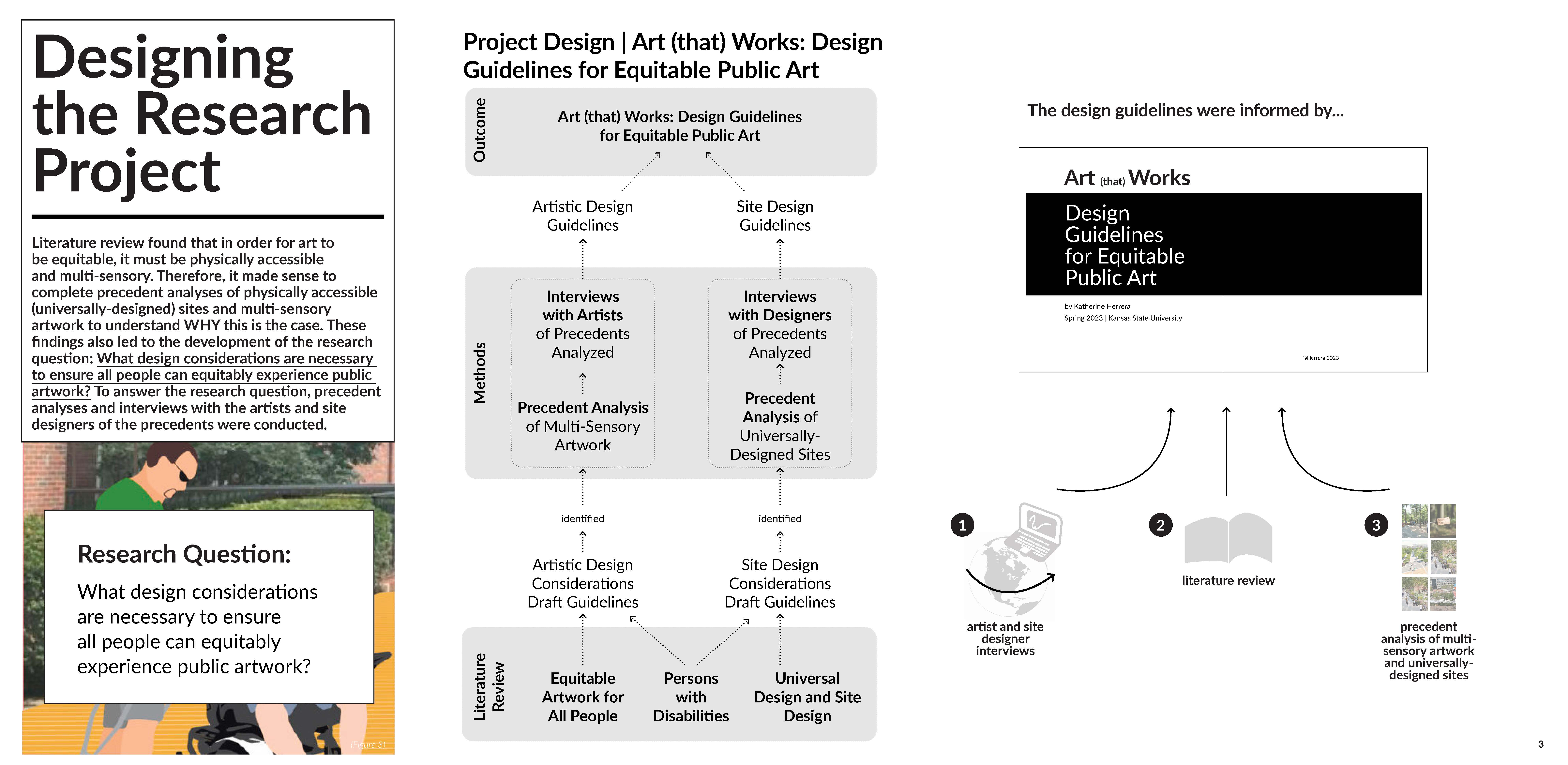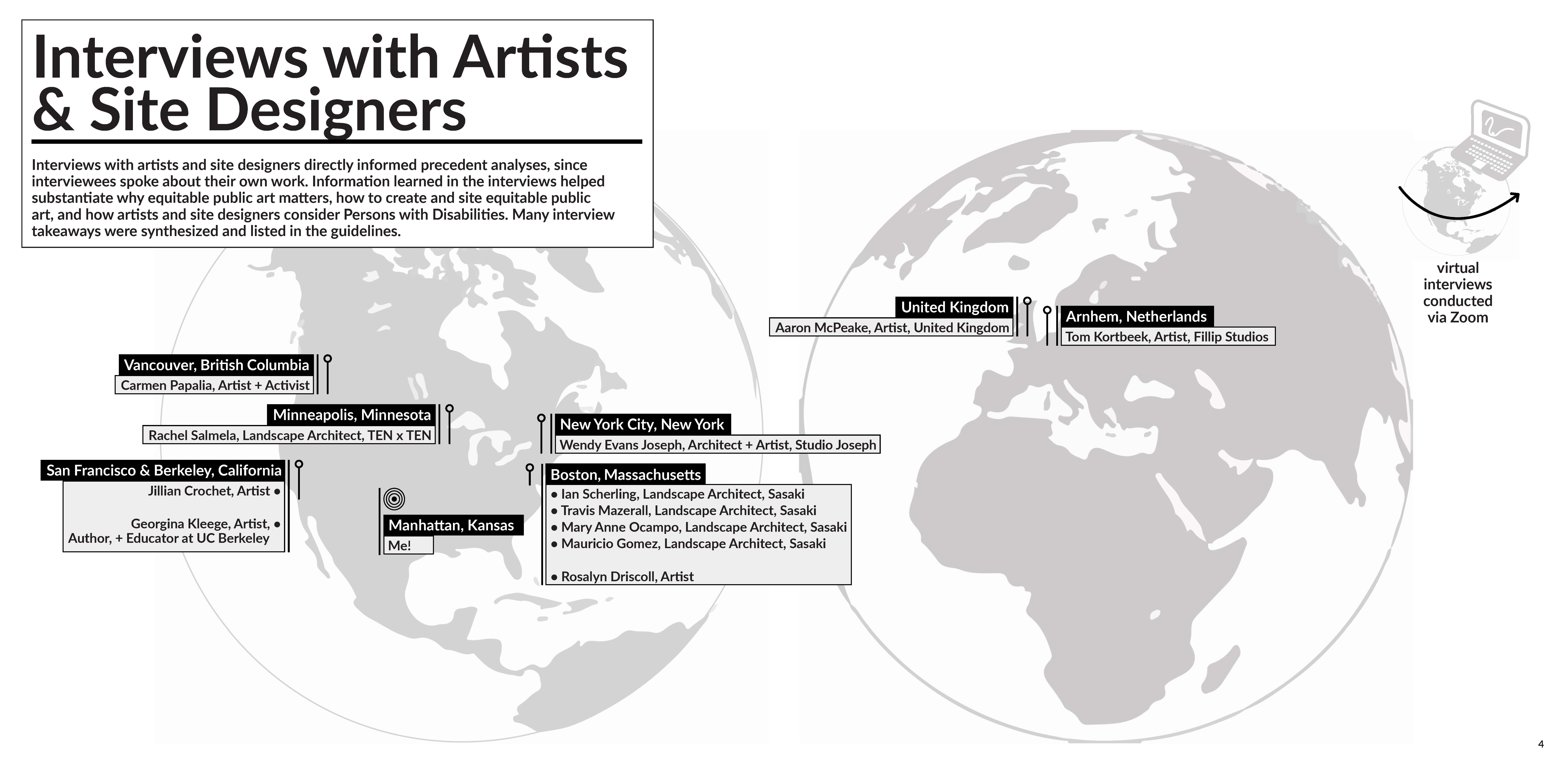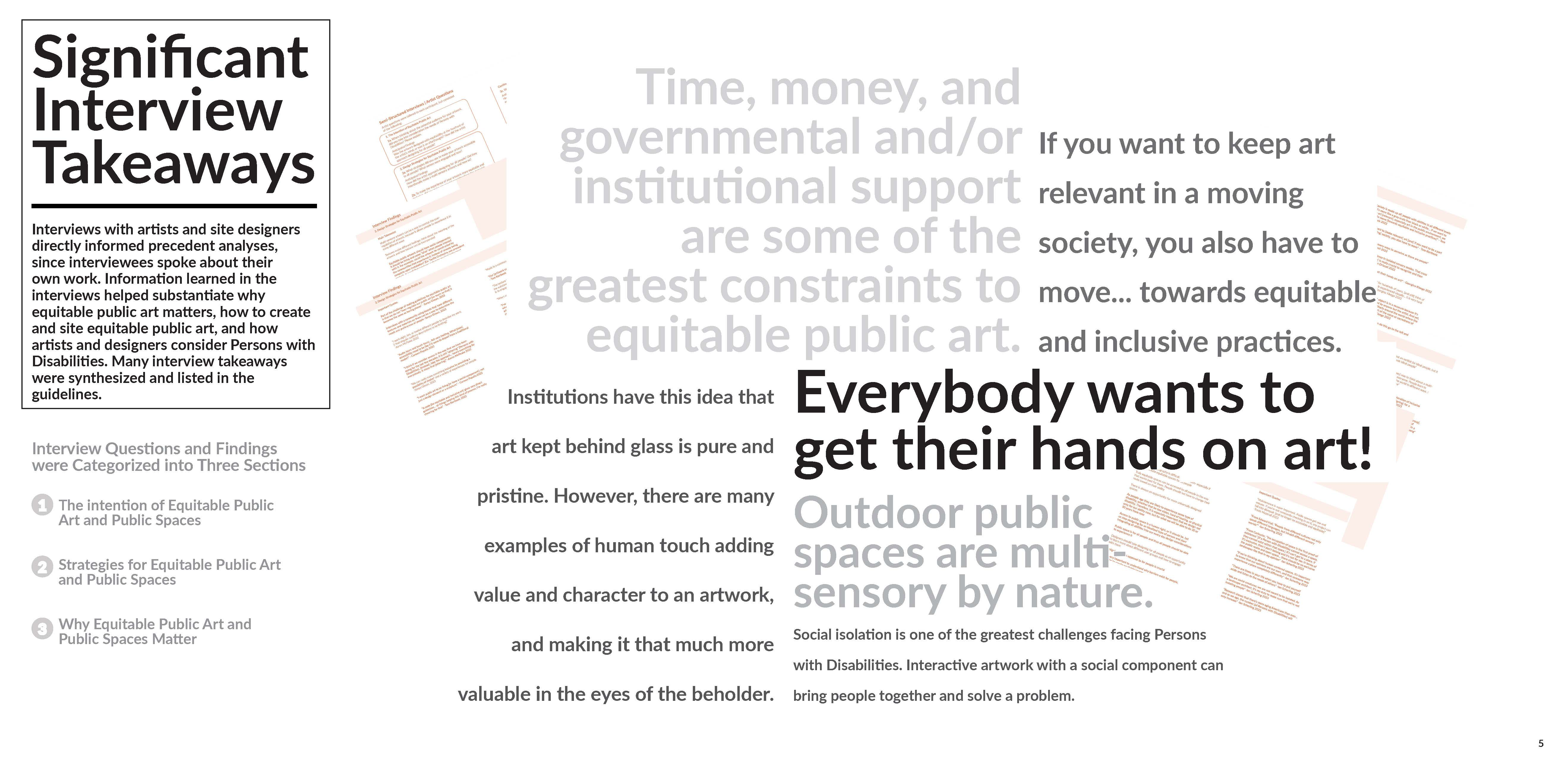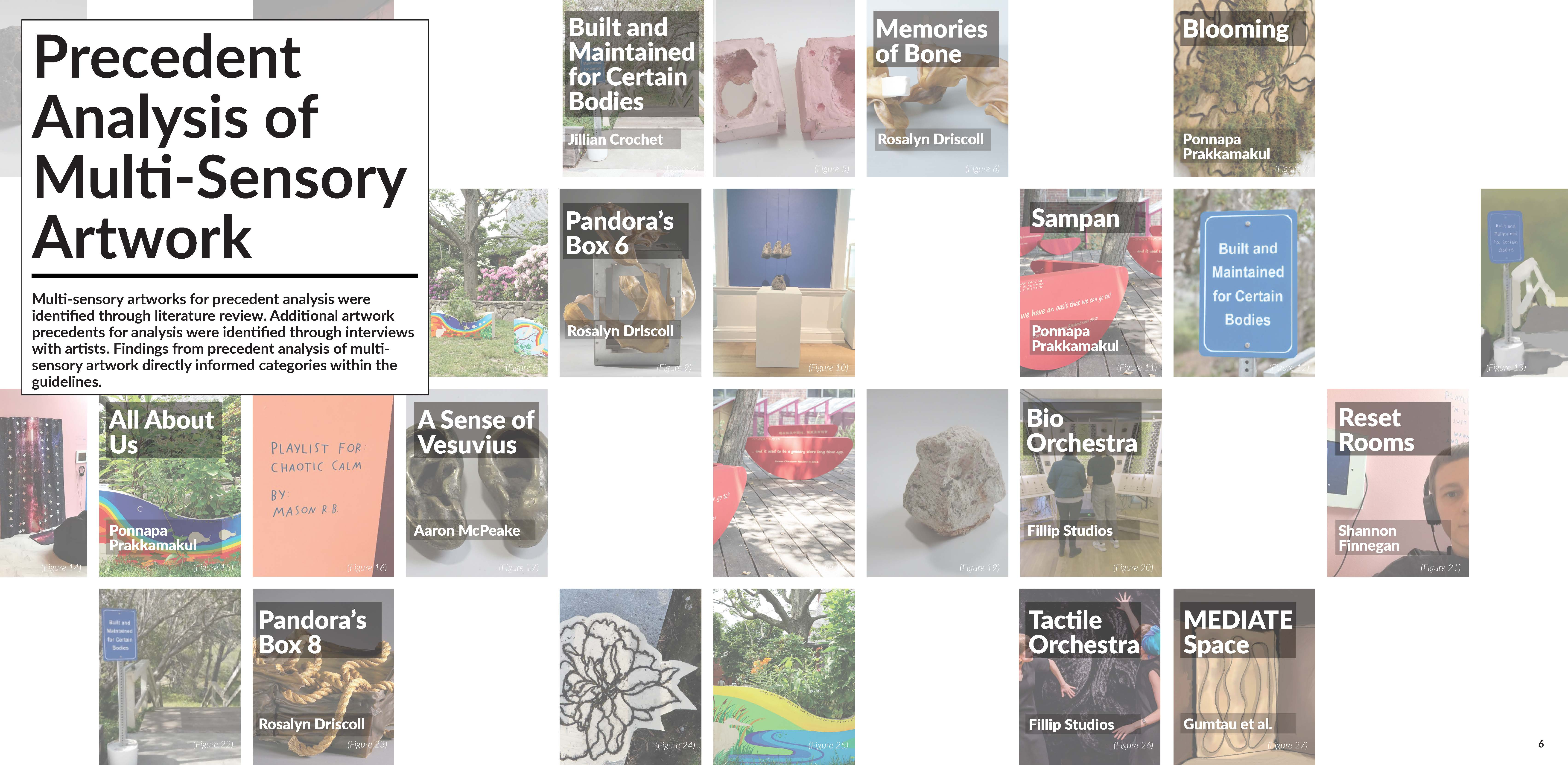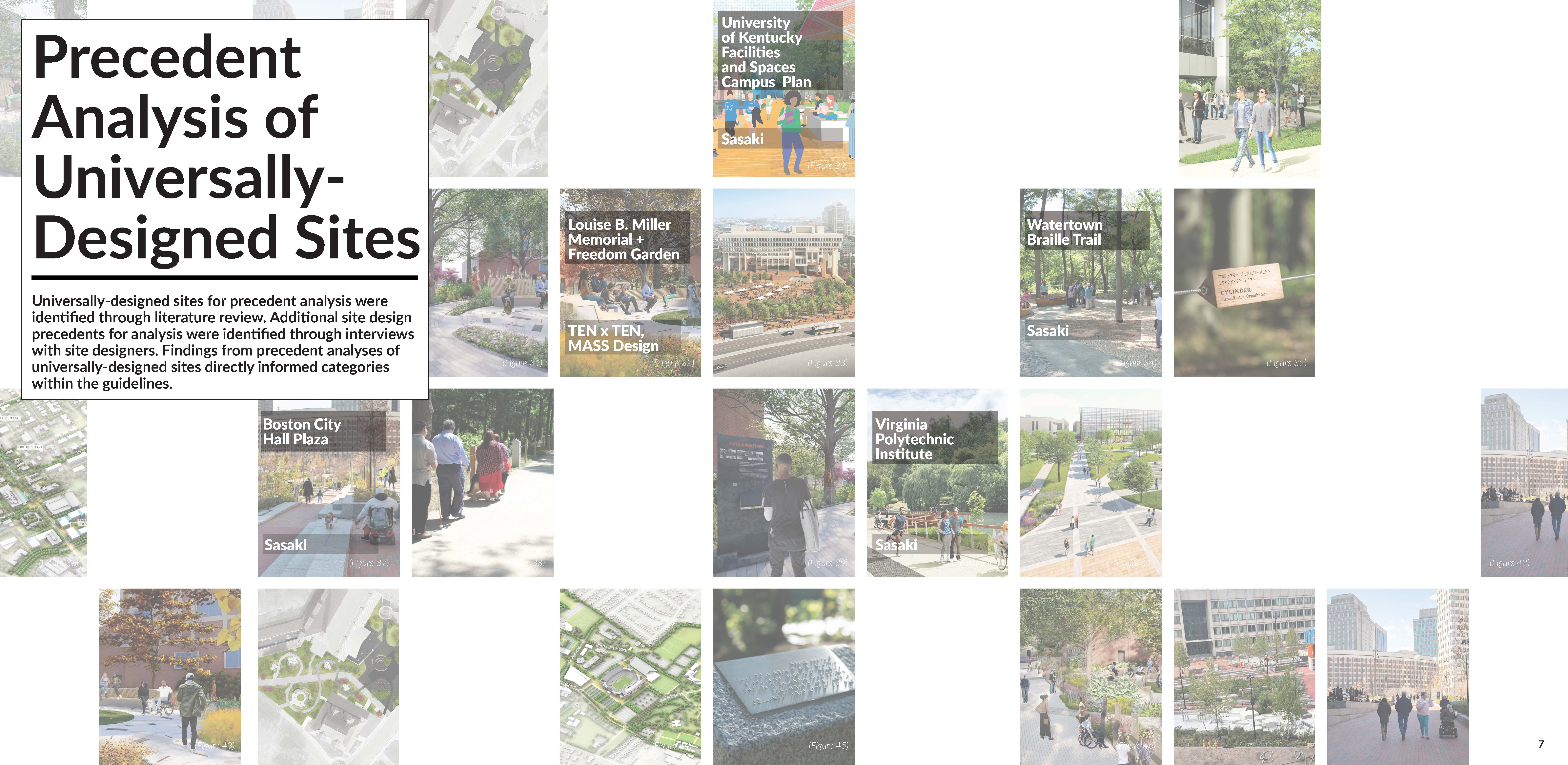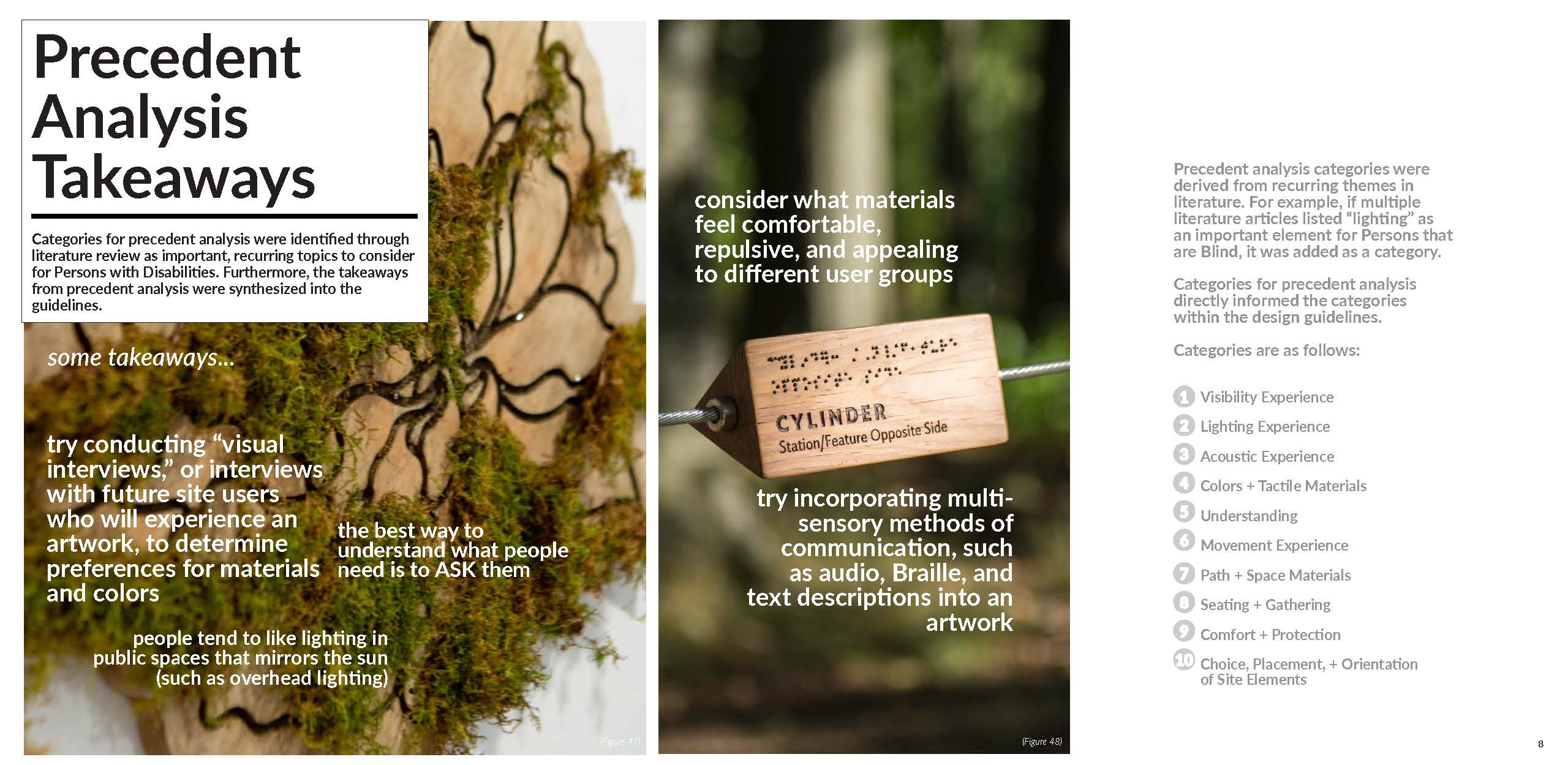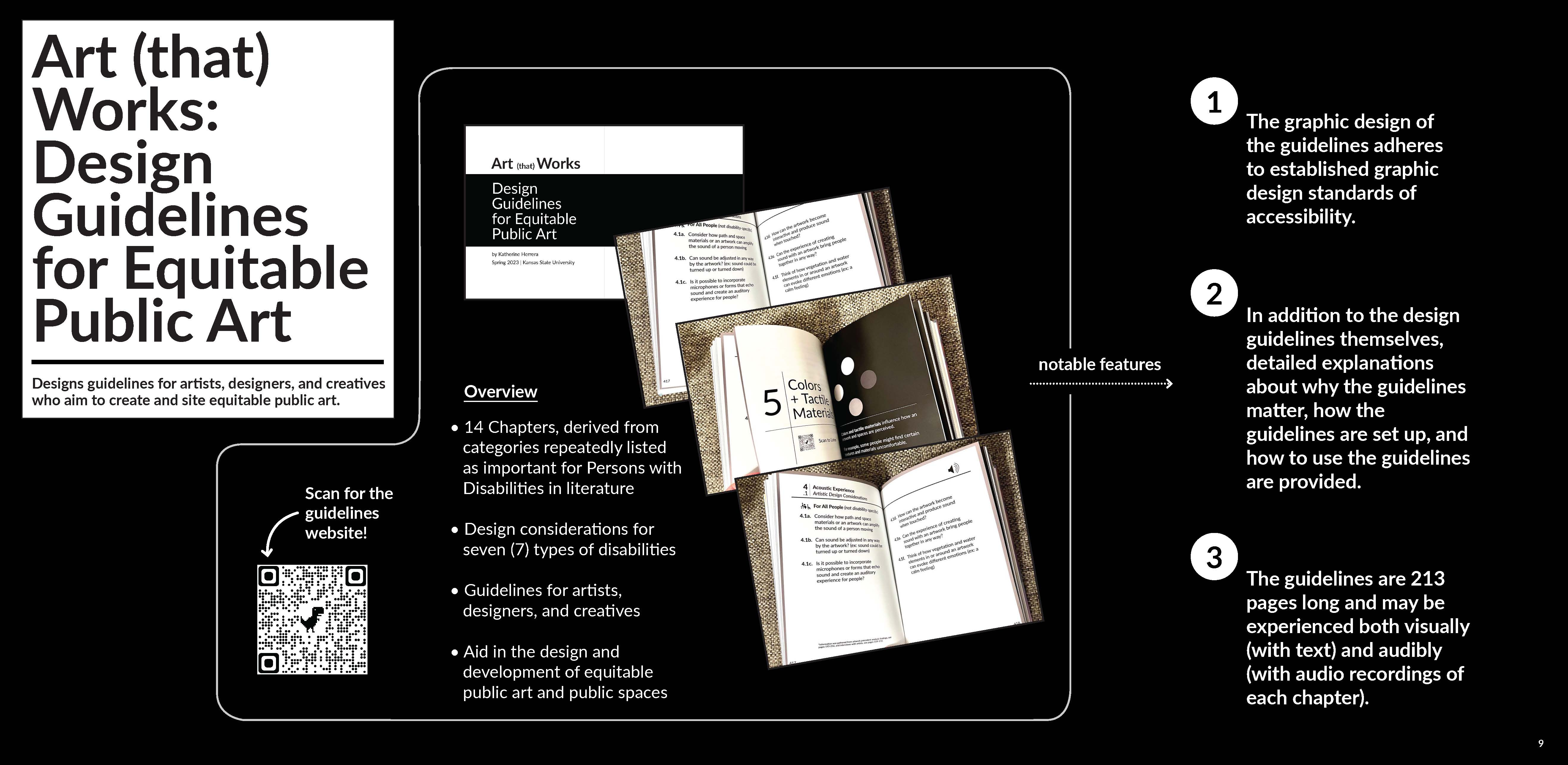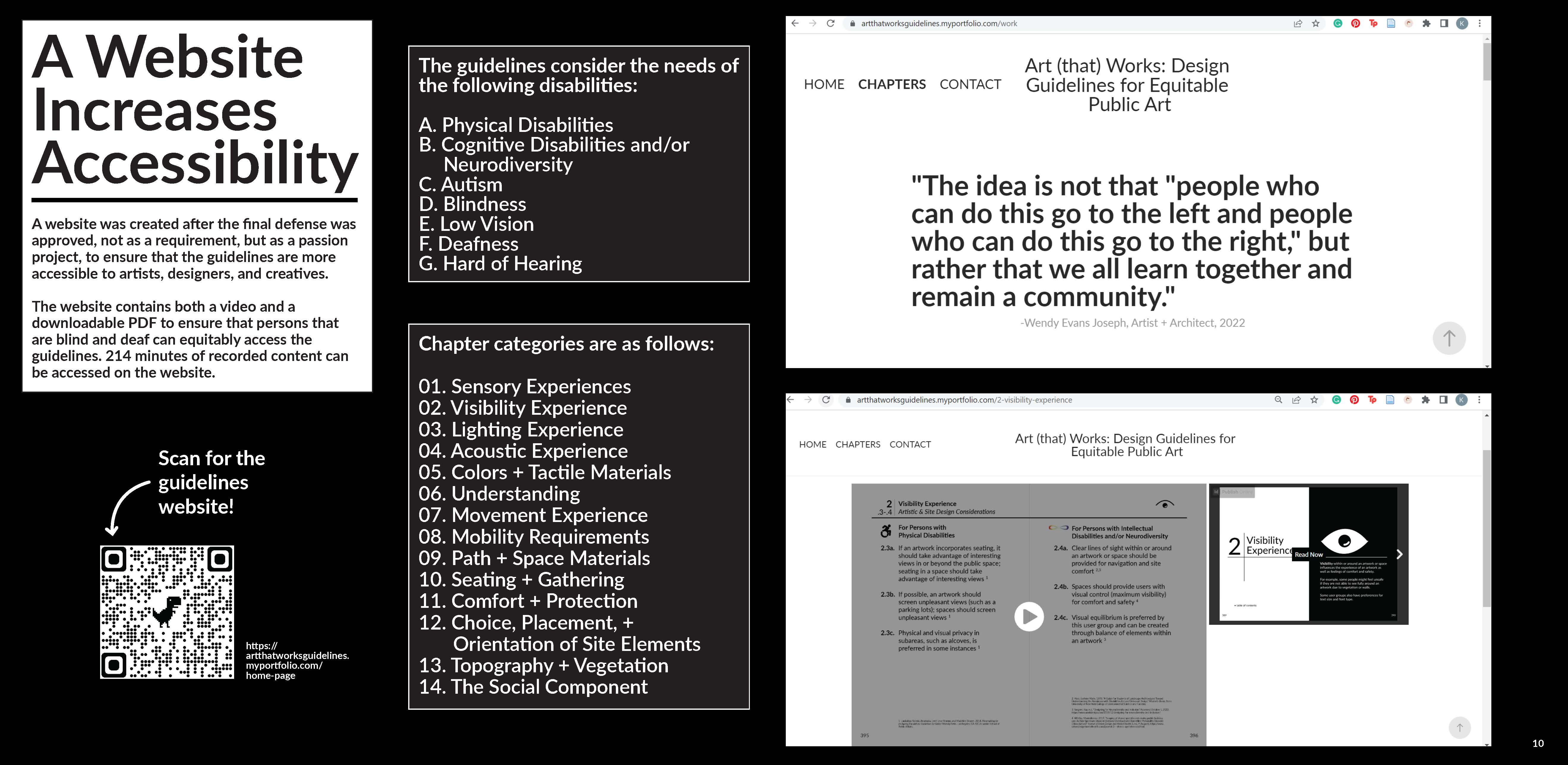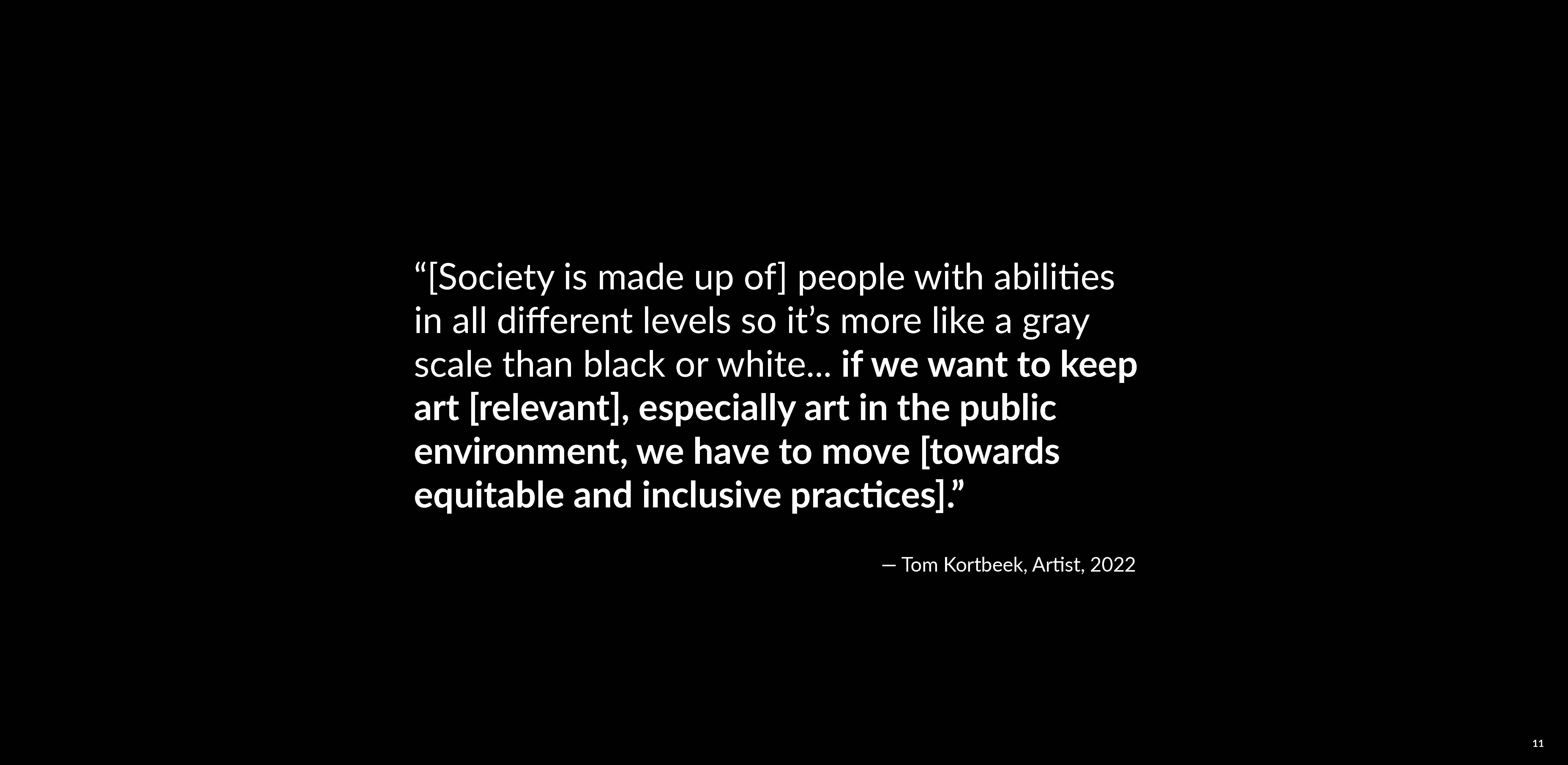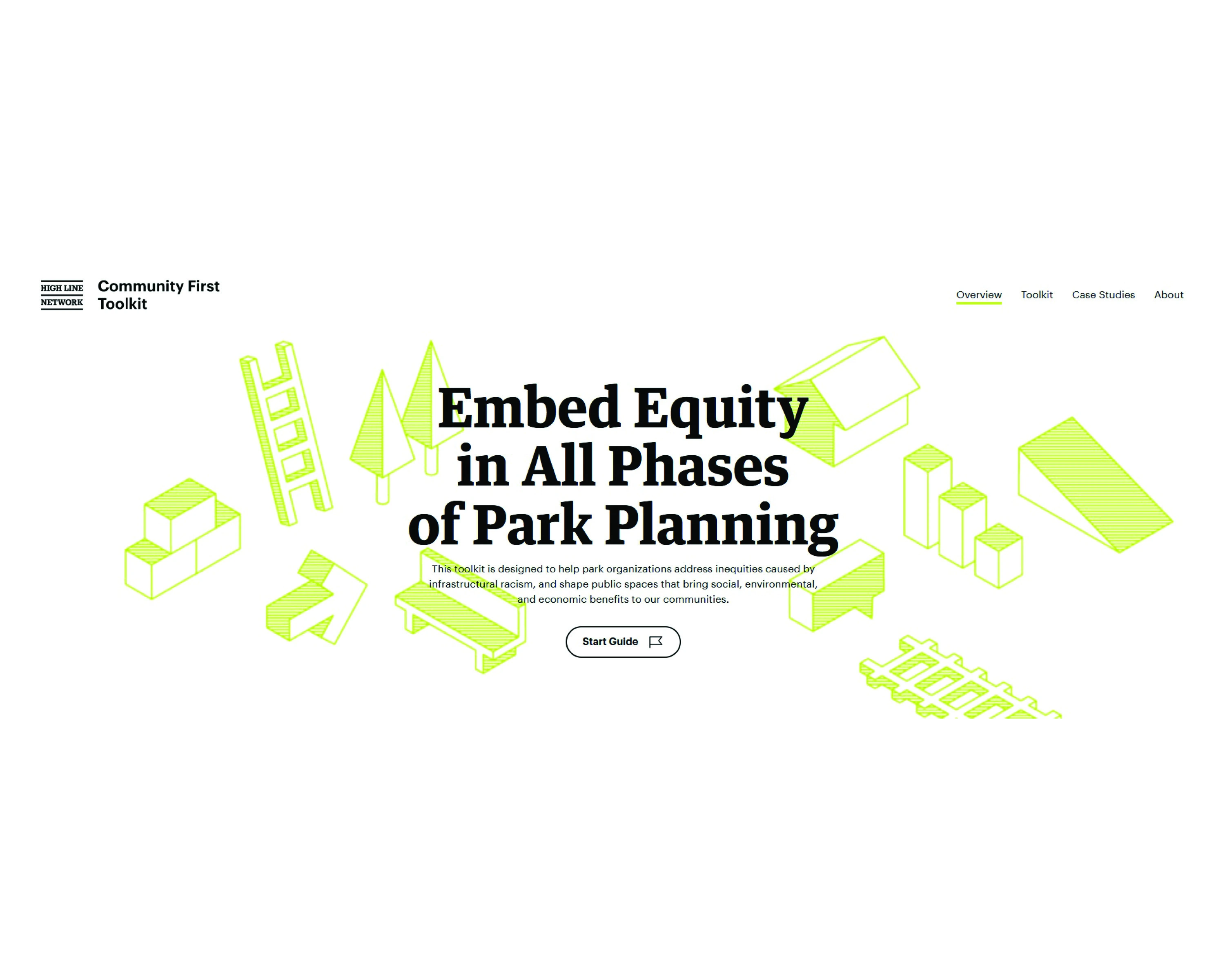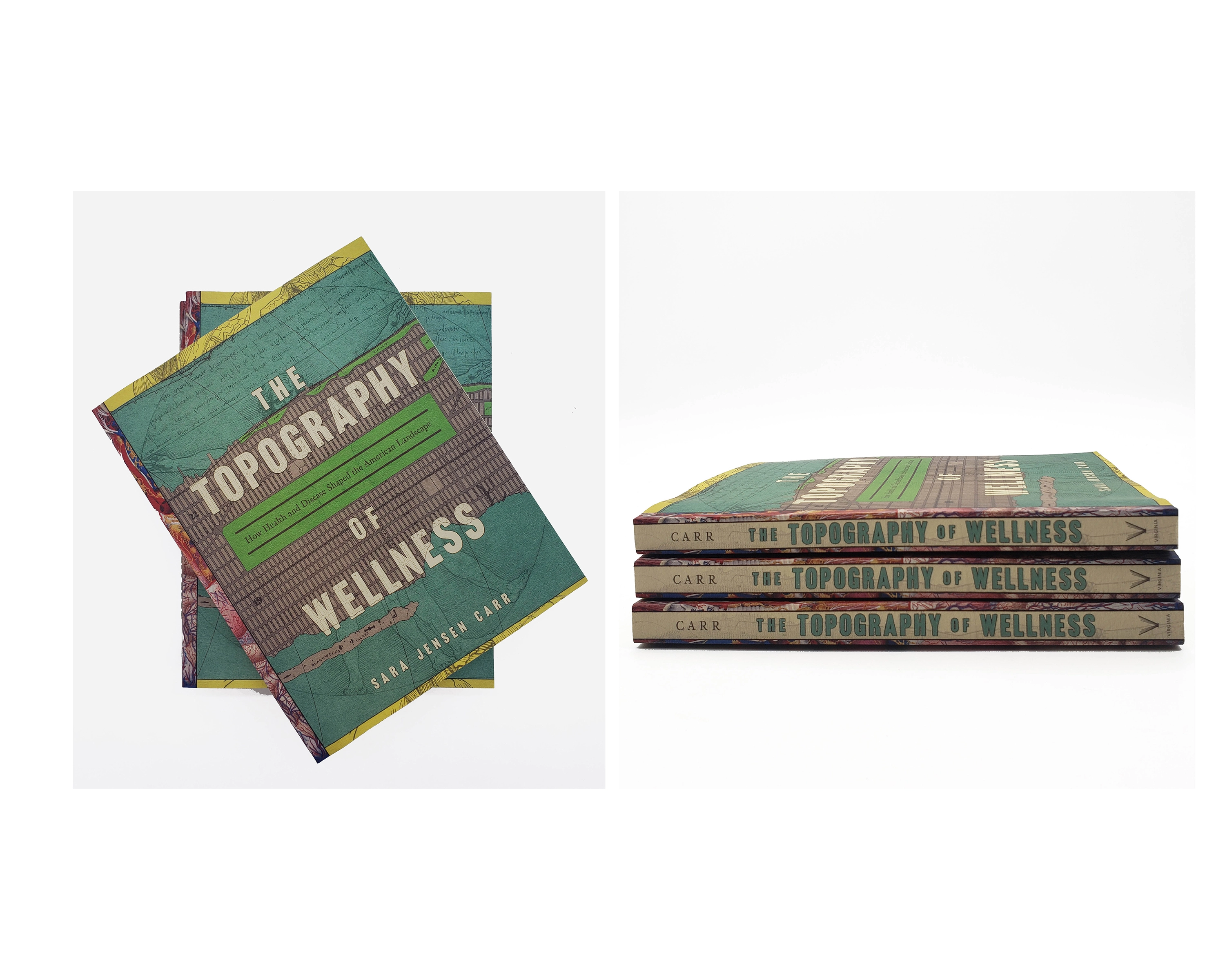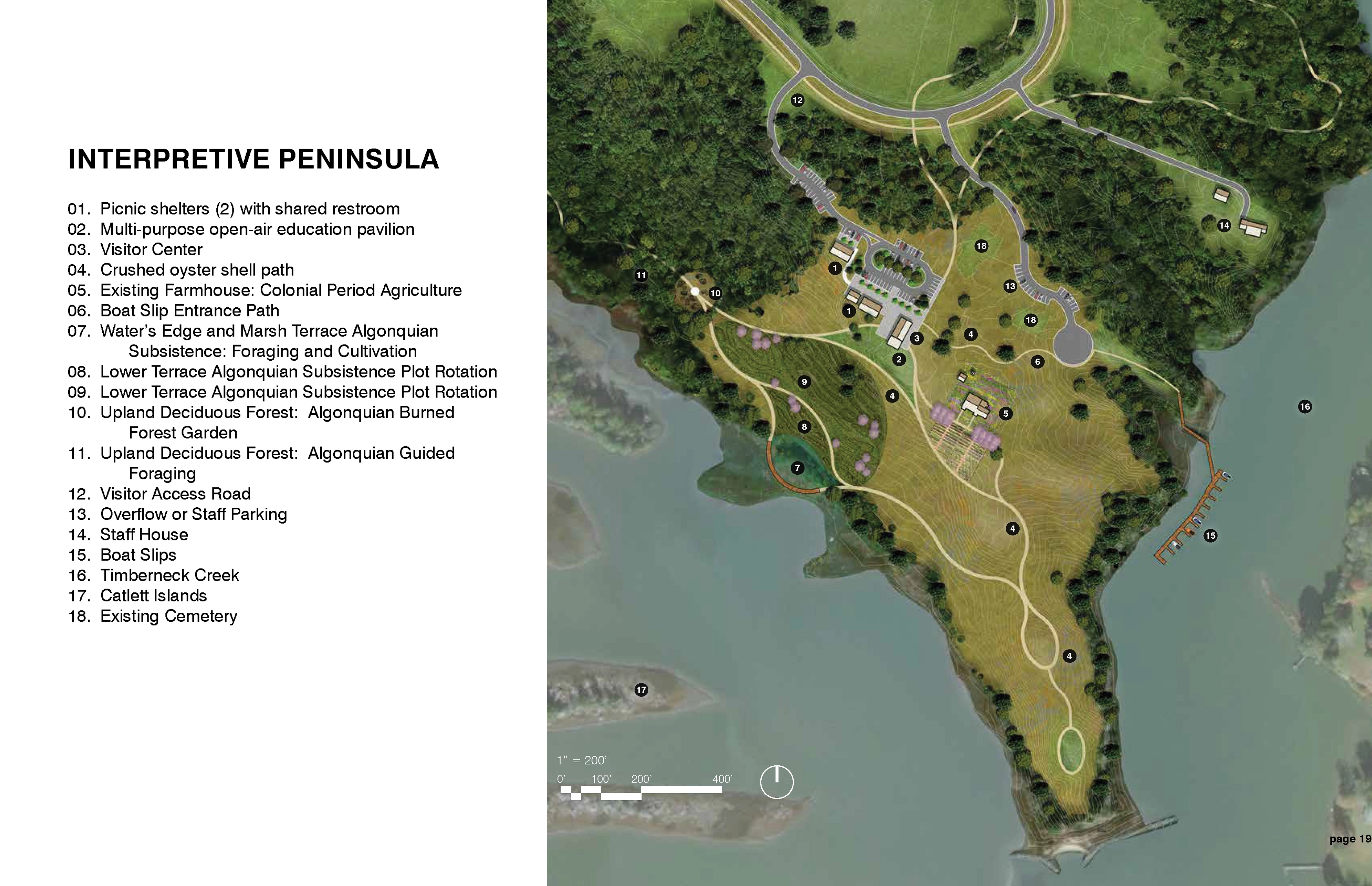Art (that) Works: Design Guidelines for Equitable Public Art
Katherine Herrera, Associate ASLA
Excellent and important project. Well done back up support and offers not only insight but actionable solutions sources by the creative arts community.
Awards Jury
-
Combining my interests in public art, social justice, and landscape architecture, Art (that) Works: Design Guidelines for Equitable Public Art is a one-of-a-kind, comprehensive guide for artists, designers, and creatives who aim to create and site equitable public art in public space. The guidelines are 213 pages of design considerations, informed by original research, including global interviews with artists and site designers, precedent analyses of interviewees' work, and a literature review. Inspired by my love for art and my little brother, Benjamin, who cannot walk and talk due to Kabuki Syndrome, the guidelines provide equitable design solutions so that Persons with Disabilities are not excluded from experiencing public art.
-
Public art within a public space should be experienced by all people (Hein 2006; Phillips 1989; Zebracki 2013). However, when attitudinal, organizational or systemic, and architectural or physical barriers exist, the experience of public art may exclude Persons with Disabilities (Council of Ontario Universities 2013; Schaffer 2020). When people are unable to experience public art equitably, they are also excluded from cultural communities and artistic interpretations of society. If artists and designers do not know how to purposefully accommodate the experiential needs of diverse audiences, including Persons with Disabilities, public art may not be equitably experienced by all people. While some guidelines exist for equitable art in private settings, such as museums, there is a lack of knowledge about how to create and site equitable public art in public spaces. Thus, to fill this knowledge gap, this project developed design guidelines for artists, designers, and creatives when creating and siting equitable public art in public space. The guidelines consider the needs of “all” people to include mobility (physical disabilities), cognition (intellectual disabilities and/or neurodiversity), hearing (D/deaf and Hard of Hearing), and vision (B/blind and Low Vision) disabilities. Notably, the graphic design of the guidelines adheres to established graphic design standards for accessibility. Methods used to inform the development of the guidelines included interviews with artists and site designers and precedent analysis of multi-sensory art and universally-design sites. To demonstrate how the guidelines can be used, a projective art and site design was developed with site analysis and documented through memoing.
Findings reveal that for public art to be equitably experienced by all people, it must be both physically accessible and multi-sensory, to engage two or more senses (Barnes 2003; National Recreation and Parks Association n.d.; Robinson 1998). Additionally, and most importantly, findings indicate that the most essential component of equitable public art is social. Public art must foster social interaction, which can occur when the art is interactive and “comes alive” with engagement (Papalia 2022). By considering the needs of Persons with Disabilities, artists, designers, and creatives can make a more enriching art experience for all people- an experience that all people may not have otherwise.
-
- Anne Beamish - Secondary Committee Member, Kansas State University
- Nicholas Geankoplis - Secondary Committee Member, Kansas State University
- Tom Kortbeek - Interviewee, Artist and Co-Founder of Fillip Studios
- Ian Scherling - Interviewee, Landscape Architect at Sasaki
- Rosalyn Driscoll - Interviewee, Artist and Author
- Aaron McPeake - Interviewee, Artist
- Carmen Papalia - Interviewee, Artist and Activist
- Georgina Kleege - Interviewee, Educator at UC Berkeley, Author, Artist, and Exhibit Curator
- Wendy Evans Joseph - Interviewee, Architect, Artist, and Author, Founder of Studio Joseph
- Jillian Crochet - Interviewee, Artist

.webp?language=en-US)
